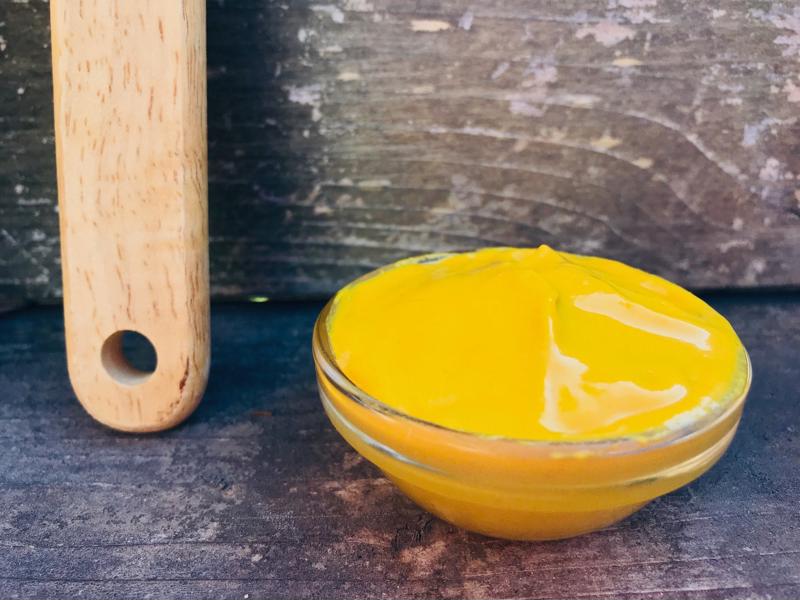Some foods have a clear history that traces back to a specific period in time, or even a particular chef, location and year. Chocolate chip cookies, for example, were invented by Ruth Graves Wakefield, assisted by Sue Brides, in 1938 at the Toll House Inn in Whitman, Massachusetts, The New York Times reported. Other foods have a much deeper and, often, murkier history.
Mustard is a condiment with an especially long record of culinary use. It has been enjoyed for thousands of years – and there’s no single time period, much less chef or location, that it can be traced back to. Let’s look at how the current versions of this condiment came to be and a few unique ways for online culinary school students to incorporate it into their menus.
 Yellow mustard is one of the most popular, but far from the only, variation on this condiment.
Yellow mustard is one of the most popular, but far from the only, variation on this condiment.Mustard’s impressive history and the origin of its flavor
According to the Encyclopedia Britannica, the earliest evidence of mustard used as a foodstuff comes from ancient Indian and Sumerian texts that stretch back to 3000 B.C. The plant is also mentioned in writing surviving from the ancient Greek and Roman eras, as well as in the Bible. It has been enjoyed as a condiment in parts of the world ever since, but saw a rise in consumption during the 20th century.
The rise of classic yellow mustard, which has a mild taste compared to most other preparations, began in the US in the 1900s. Other varieties had strong regional or cultural use, but gained increasing mainstream acceptance among those not previously exposed to those flavors in the 1970s and 1980s. Now, mustard as a spice and a condiment is used in a variety of contexts across the country.
Mustard is quite powerful as a flavor, to the point of inducing a sense of heat or burning. It’s interesting to note that mustard seed, the spice from which the condiment is made, doesn’t intrinsically possess these tastes. Two components within the seeds combine when ground and mixed with a liquid or when the whole seeds are chewed, producing the characteristic spicy, pungent taste.
There are three major types of mustard seed used in modern food production, as The Spruce Eats pointed out. White mustard is commonly seen in the bright yellow mustard associated with hot dogs and bologna sandwiches. Brown mustard is used in everything from Grey Poupon (at least in the American preparation) to the classic Chinese restaurant and deli mustards. Black mustard is especially hot and can be found in some whole-grain mustards that emphasize the piquancy of this spice.
A few unique applications of mustard to consider
Mustard is more than just a condiment. Use these recipes as they are or view them as inspiration for crafting your own modern dishes that feature this ancient spice.
A Middle Eastern schnitzel
British Broadcasting Corporation mainstays the Hairy Bikers, who have presented more than a dozen cooking and travelogue programs on the BBC 2 channel since 2004, shared a unique Israeli take on a German and Austrian favorite. The Israeli chicken schnitzel is seasoned exclusively with smoked paprika and mustard powder, allowing the flavor of the mustard to mingle with the breadcrumbs, chicken and crispy fried finish. You can add more tastes with the included recipes for red cabbage and apple coleslaw and garlic mayonnaise.
Ribs with more than a touch of mustard
Bon Appetit offered a recipe, crafted in part with help from IBM supercomputer Watson, that marries fennel-spiced ribs with a barbecue sauce that emphasizes apple and mustard flavors for a tangy final product. With both Dijon and Chinese spicy mustard involved, this dish doesn’t shy away from providing a hit of piquancy along with the richness of the meat and overall tangy flavor of the sauce.




